USA private mail, fixed frame and personalized stamps
The upcoming auction features an odd duck (in the item list). A circulated American envelope, franked with four Pope stamps from 1983, plus a 1-cent private stamp featuring a motorcyclist and a matching Czyl's Penny Post cancellation postmark. A nice little craft project, you might think.
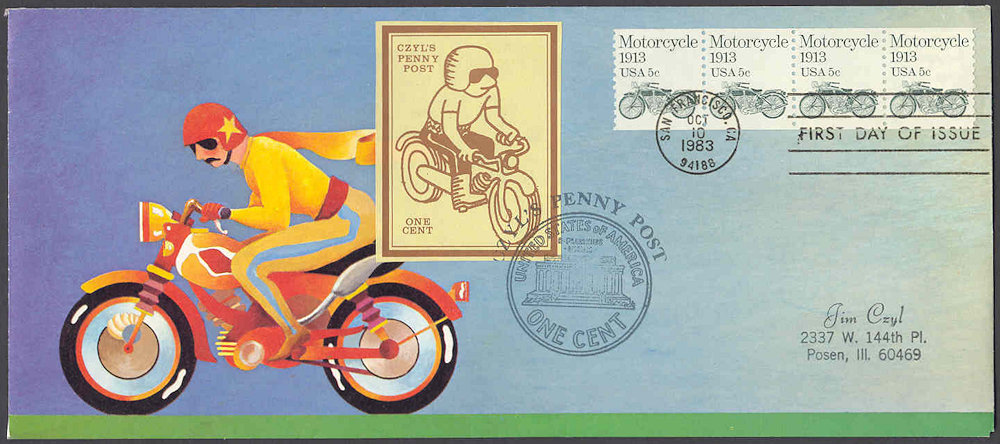
Let's first look at the history and art of poster stamps, also known as Cinderella stamps or Cinderellas.
Cinderellas are relics, artifacts from another time. These advertising miniatures were popular in Europe around the turn of the 20th century. Their appeal, usefulness, and popularity grew rapidly, and they were ubiquitous in the United States by the 1920s. These small, ephemeral items were used on stationery and envelopes to promote brands, products, and events. They were visually stunning examples of the popular art movements of the time. Cinderellas were already discussed extensively in NB 61 (September 2002 - link to Dutch version).
The best-known is without doubt the Alexandria Blue Boy.
The Alexandria "Blue Boy" is a homemade stamp, produced in 1847 in Alexandria, Virginia, by a local postmaster (head of a post office). Seven examples of the Alexandria stamps are known to exist, but the Blue Boy is the only surviving example printed on blue paper. The other six were printed on yellowish wrapping paper.
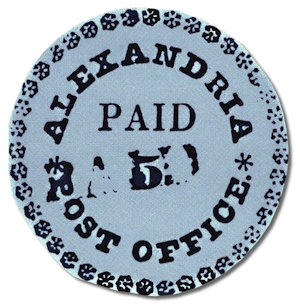
This stamp, made to send a love letter, is considered one of America's first stamps. The Blue Boy still is on the love letter, which sold at auction in 2019 for a whopping US$1.18 million.
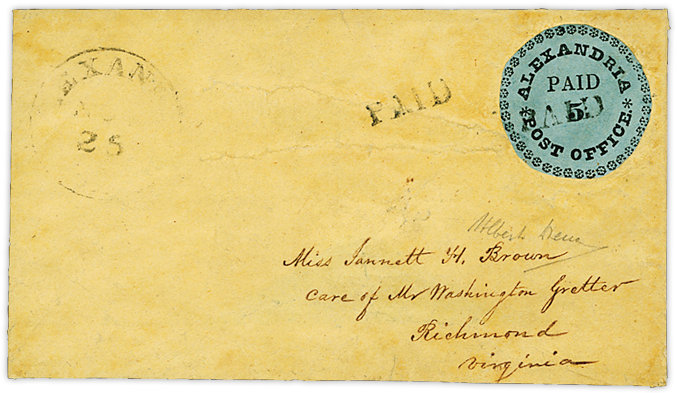
Over the years, several collectors came up with the idea of conveying their own message on stamp-like stickers. Calls to expand their collections were popular. These "stamps" were placed on the mail alongside official postage stamps.
In several places, there were remote clusters of homes and/or businesses where the postal service did not (yet) offer services such as mailboxes and mail delivery. Handy men, usually in cafés and small shops, responded by performing these tasks "in lieu". To cover the costs, a fee was charged, collected via an additional sticker.
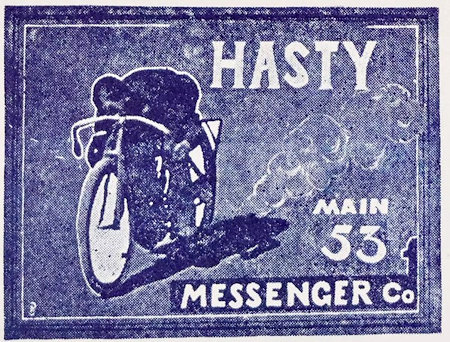
After a while, the IRS (Federal Tax Administration) put a stop to this, and private individuals (primarily collectors) took over this sticking on of extra labels, though no longer officially, but unofficially.
They produced local private stamps themselves, often nothing more than copies or clippings.
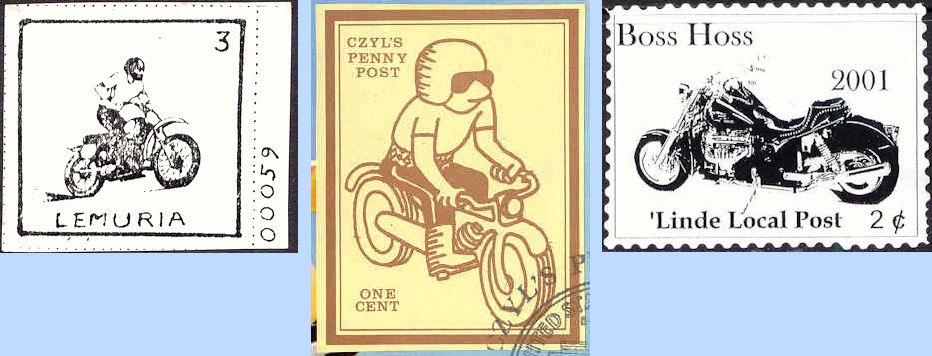
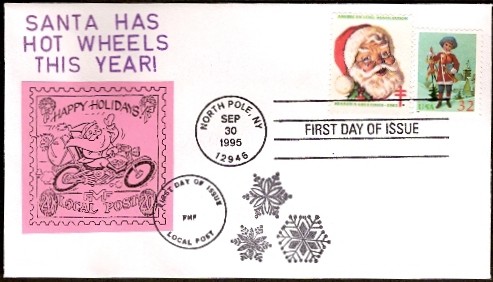
FMF envelope = Joe Frasketi
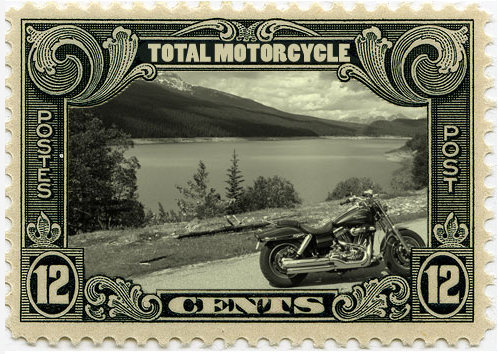
A lively barter trade in these artefacts developed, and some of the big names from that world established a real collectors' club.
This type of local mail is essentially a "homemade" postal system, and the typical hobbyist carries little to no mail. However, some do deliver mail for themselves or a few people over short distances, even creating special cancellation postmarks for this purpose.
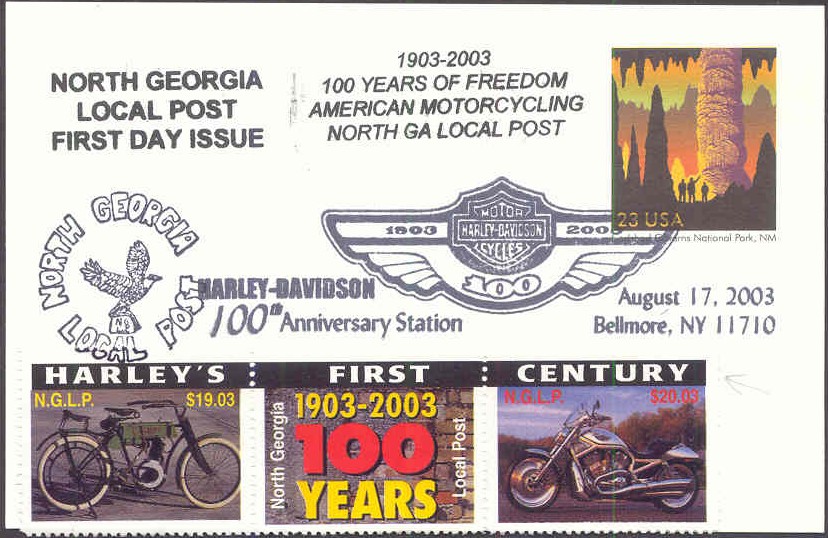
North Georgia Local Post (NGLP) = (ex club member) Cully Granger
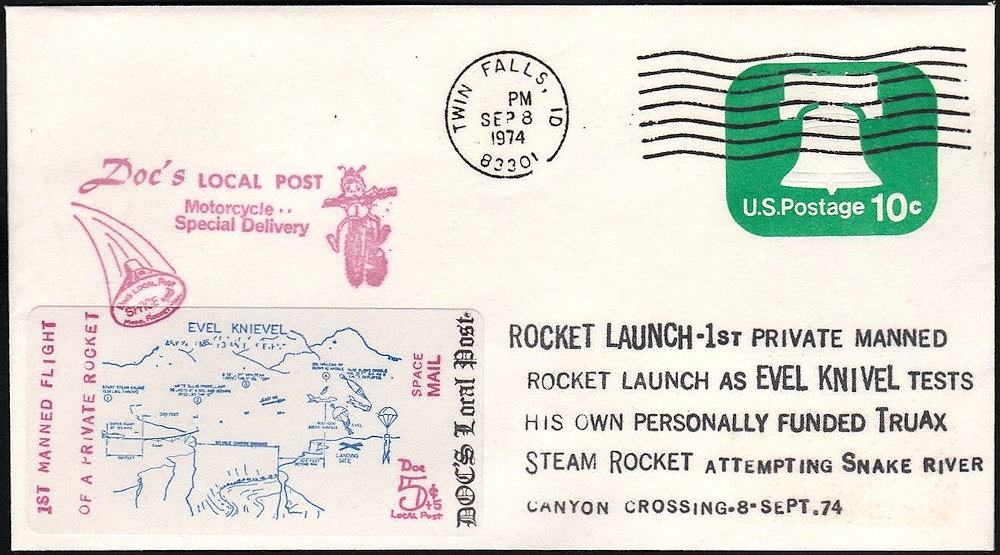
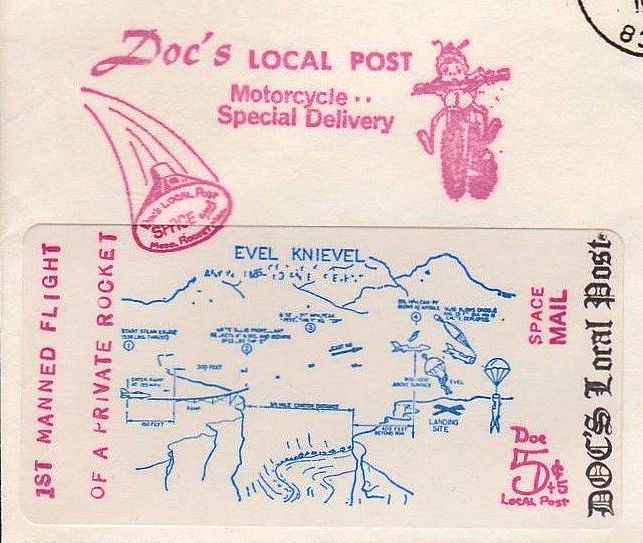
The Local Post Collectors' Society (LPCS), founded in 1972, coordinates communication between local stamp makers. The LPCS publishes a regular newsletter, The Poster, and has members all over the world. Among the initiators of this society were the sadly late Joe Frasketi, who made the FMF (Fort Meijers, Florida) stamps, and the super collector/manufacturer Jim Czyl, of whose work we are now offering an envelope in the auction. Jim Czyl died in 2014 and is considered one of the largest, if not the largest, collectors of local post and stamps from the USA. For example: an auction house in England used three entire auction days for Jim's collection, and parts of his collection are now appearing at auction houses all over.
Sometimes illustrations for the FDC's are designed ontworpen by real artists, like this example by Danny Cole.
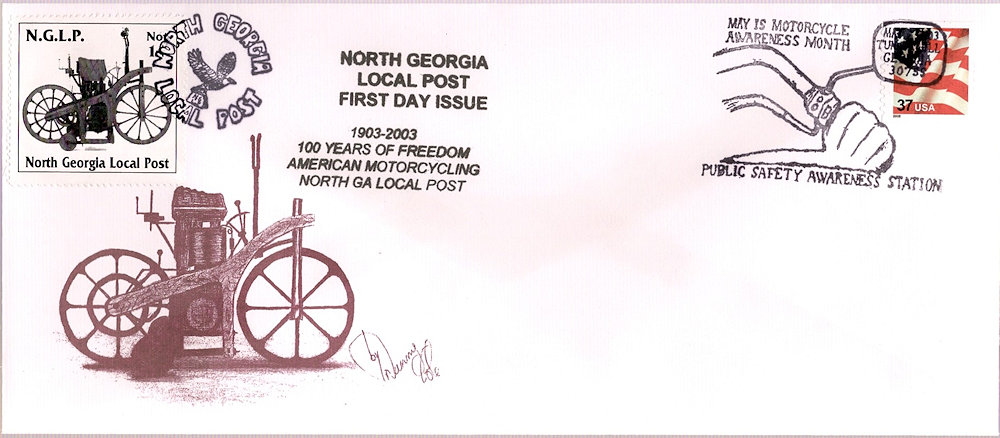
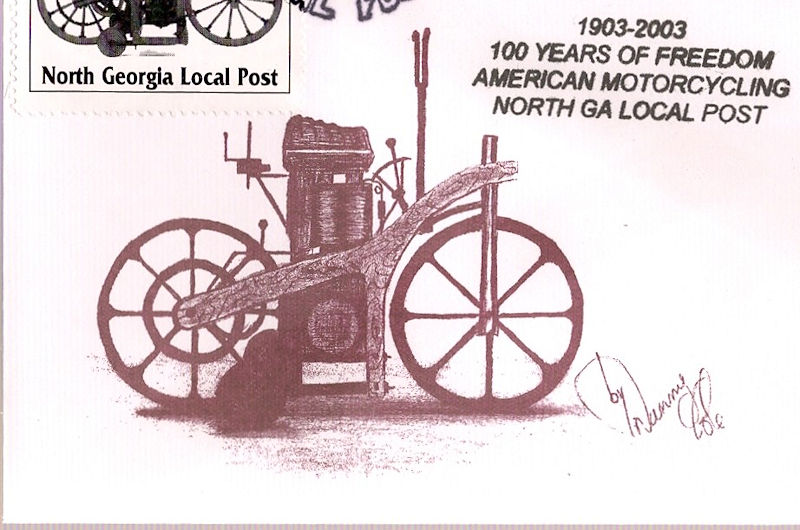
Hans de Kloet
Top - Back to former page - Home |











